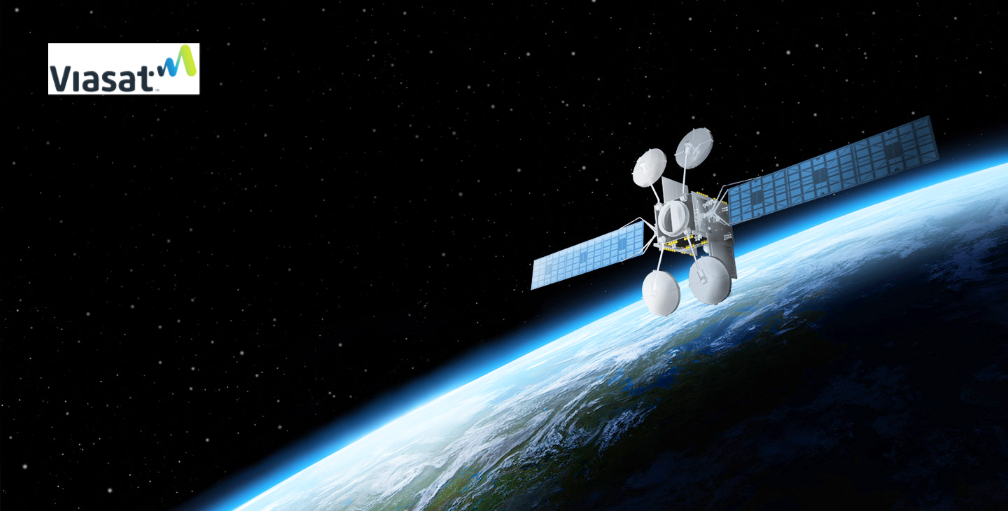
Viasat Inc. (NASDAQ: VSAT) has announced that the first satellite in their ViaSat-3 global constellation, which will serve the Americas and the surrounding oceans regions, has reached a major milestone with completion of payload integration and performance testing, and shipment to the Boeing Satellite Systems facility in El Segundo, California.
The payload will be integrated with the bus module, which is based on Boeing’s proven 702 platform, and the satellite will then undergo a complete series of environmental testing to simulate the rigors of launch and operation in the harsh environment of space. Launch is targeted for early calendar year 2022.

Each ViaSat-3 satellite is expected to generate more than 20kW of payload power, making it among the highest-power commercial satellites ever built. Just three of these satellites will nearly cover the entire globe and are expected to deliver over 3,000 Gigabits per second (Gbps) of capacity — or 3 Terabits per second (Tbps) total — for 15 years or more.
The ViaSat-3 constellation is anticipated to have roughly eight times more combined capacity than Viasat’s current fleet. Vast amounts of bandwidth are needed to address increased demand for high speed internet access — particularly in the video streaming realm. ViaSat-3 represents a major advancement in Viasat’s mission to extend broadband internet service to the many places around the world that don’t have it.
Concurrently, the ViaSat-3 ground segment has made significant progress over the past year in preparation to support the upcoming launches. Viasat is also working on the construction of the payloads for the second and third ViaSat-3-class satellites, ViaSat-3 (EMEA) and ViaSat-3 (APAC). The ViaSat-3 (EMEA) payload is expected to be delivered to Boeing in the latter part of FY2022.
“This is an incredibly exciting time for Viasat as the first of the three high-powered ViaSat-3 satellites in our global constellation enters the final stages of production,” said Dave Ryan, president, Viasat Space & Commercial Networks. “Once complete, we will be ready to put the world’s highest-capacity single satellite into geostationary orbit to serve the world by delivering broadband to the hardest-to-reach areas anywhere — on the ground, in the air and at sea. While the payload was assembled at Viasat’s Tempe, Arizona, facility, the effort was company-wide. From Tempe, to the antenna expertise in Duluth (Georgia), to Germantown (Maryland) for their software and systems engineering know-how and other offices around the world from Chennai, India, to Lausanne, Switzerland, as well as at our Carlsbad headquarters, all of these teams worked together to come up with a totally unique way to not only build this spacecraft, but to test it in record time.”
